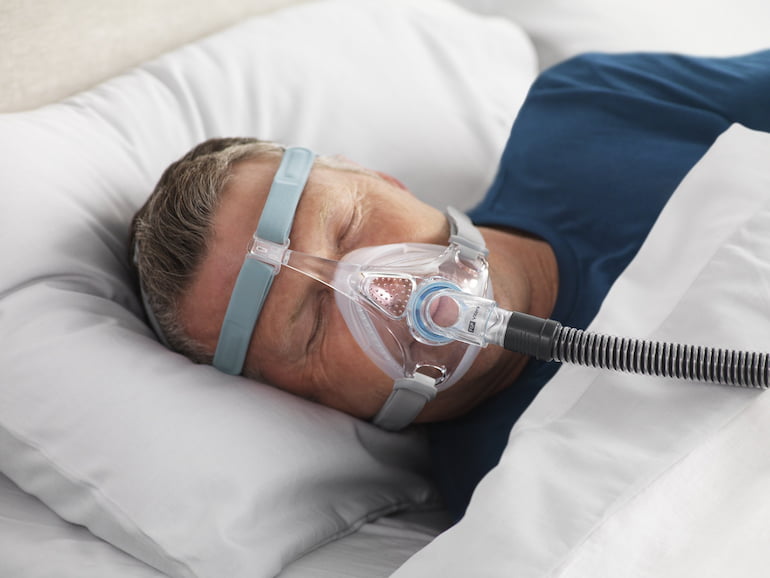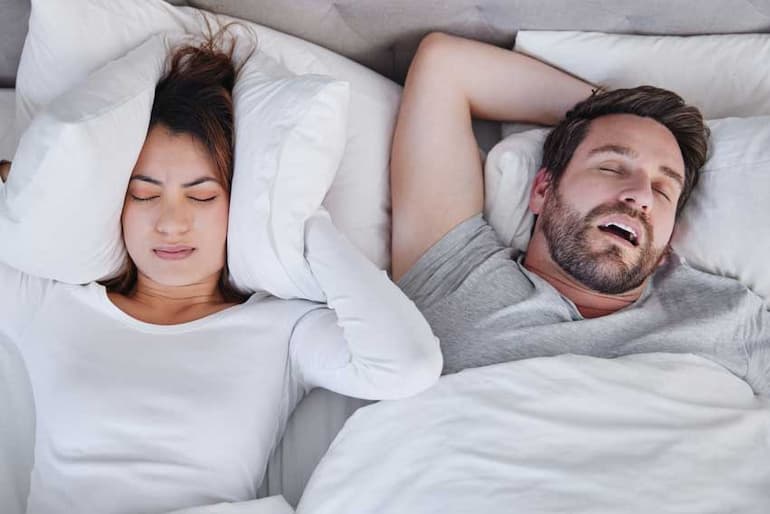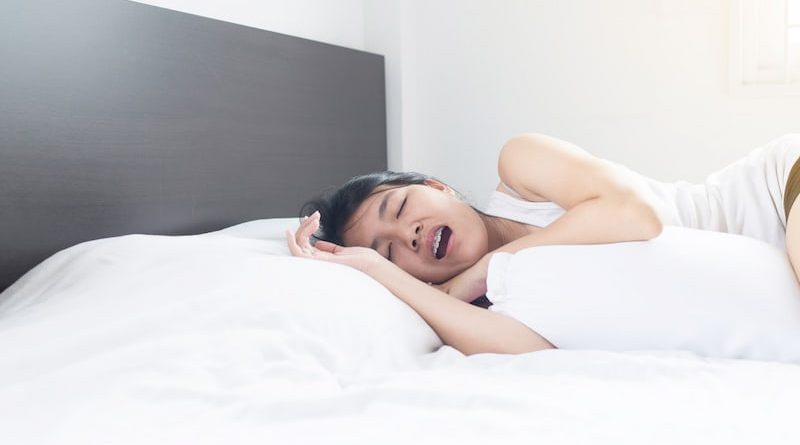Improve Your Health: Dealing with Obstructive Sleep Apnea
Obstructive sleep apnea (OSA) is a sleep disorder characterised by repetitive episodes of complete or partial blockage of the upper airway during sleep, and it affects more than 250,000 Australians. These blockages, or apneas, occur when the muscles in the throat relax and the airway narrows or completely closes, leading to pauses in breathing and disruptions in sleep patterns.
OSA can have significant negative health consequences if left untreated. It may contribute to high blood pressure, heart disease, stroke, diabetes, and other medical conditions. It can also impact the quality of life and increase the risk of accidents due to excessive daytime sleepiness. If you suspect you have sleep apnea, it’s important to consult a healthcare professional for a diagnosis and appropriate management.
Symptoms and Causes Of OSA
Common symptoms of obstructive sleep apnea include loud snoring, gasping for air, or choking during sleep; excessive daytime sleepiness or fatigue, also known as hypersomnia; morning headaches, difficulty concentrating, mood changes; difficulty staying asleep, also known as insomnia; and restless sleep. The main symptom is the presence of unusual breathing patterns or pauses in breathing, which can be noticed by another person. All of these symptoms may occur during the night and day.

Obstructive sleep apnea happens when the muscles in the back of your throat relax too much, narrowing or closing your airway during sleep. This leads to interrupted breathing, lower oxygen levels, and a buildup of carbon dioxide. Your brain briefly wakes you up to reopen the airway, often without your conscious awareness. Most people don’t even notice they aren’t sleeping well during the night.
Treatment Options
OSA needs to be treated as soon as possible to avoid many health risks. Luckily, several treatment options depend on the severity of the condition and individual circumstances. The most common ones are:
Continuous Positive Airway Pressure
Continuous Positive Airway Pressure (CPAP) therapy is a commonly used treatment for obstructive sleep apnea. This treatment involves a machine that delivers a continuous flow of air pressure through a mask worn while you sleep. You may need to try different types to find a suitable mask for your condition. Several options are available; for instance, you can buy full face CPAP masks that cover both the nose and the mouth or choose nasal masks or nasal pillows that cover only your nose.
Nasal masks are a popular choice for individuals who primarily breathe through their nose during sleep and do not experience significant issues with mouth breathing or nasal congestion. They are generally smaller, offering a lightweight and comfortable option for many users.

On the other hand, full-face CPAP masks are typically recommended for individuals who breathe through their mouth during sleep, have nasal congestion, or have difficulty tolerating nasal masks. These masks ensure that air pressure is delivered to both the upper and lower airways, ensuring effective treatment for those who require it. They typically have adjustable straps to provide a secure and comfortable fit. Some also have features like forehead supports or built-in vents to reduce the feeling of claustrophobia and minimise air leaks.
This type of treatment is the most effective for sleep apnea as it reduces symptoms such as snoring, gasping, and pauses in breathing, but some individuals find the masks uncomfortable. However, new full-face CPAP masks are smaller, quieter, and designed to cater to individual comfort preferences.
Changing Sleeping Positions
People who have sleep apnea should avoid sleeping on their backs since this position is more likely to cause breathing problems. Sleeping on your back can cause your tongue and soft palate to block your airway by resting against the back of your throat. Some methods that may help prevent this include using special support pillows, straps, positional alarms, and wearable devices. Even attaching a tennis ball to the back of your pyjamas can be beneficial.
Reducing Body Weight
Implementing a healthy lifestyle can help reduce the symptoms of OSA. These include weight loss and regular exercise. Losing weight, even a moderate amount, can alleviate the narrowing of the airway caused by being overweight or obese. Not only can weight loss improve your overall health and quality of life, but it may also reduce daytime sleepiness.

Additionally, engaging in regular exercise, including aerobic activities and strength training, can be valuable for your well-being. It is recommended to aim for approximately 150 minutes of exercise per week.
Using Oral Appliances
If other treatments don’t work, oral appliances can be considered as an alternative. These devices are specially designed and made by dentists. Their purpose is to alleviate snoring by keeping the mouth, tongue, or jaw in a position that doesn’t block the airway.
Essential Oils
Some essential oils have calming effects and promote relaxation. For example, studies have indicated that eucalyptus oil can potentially reduce mucus in the sinuses and airways, potentially leading to improved breathing during sleep. Also, lavender and camomile oils are often used to improve sleep quality. Even though essential oils have several benefits, it’s important to point out that they shouldn’t be used as a standalone treatment for obstructive sleep apnea.
Medication
Meds are generally not the primary treatment for obstructive sleep apnea because they aren’t as effective as the other options we previously mentioned. However, some OSA medications may be prescribed to alleviate sleepiness, stimulate breathing, and keep the airway from narrowing while sleeping.

Surgery
If the symptoms of OSA can’t be managed with other therapies, surgery is usually a last resort. Surgical procedures can be performed to address snoring by removing or modifying oral structures like the soft palate, tonsils, or uvula.
However, more research is needed to understand the long-term benefits and risks of these procedures. Surgical removal of tissue, such as enlarged tonsils or nasal polyps, can help alleviate airway blockages. The impact of these surgeries on adults is generally limited and varies between individuals.
How Can You Diagnose Sleep Apnea?
Sleep apnea can be diagnosed through a discussion of symptoms and medical history, followed by a sleep study to monitor various parameters. Additional tests may be conducted to assess the underlying causes. It’s important to consult with a healthcare professional to get an accurate diagnosis.

Conclusion
Obstructive sleep apnea is a serious condition that has a significant negative impact on sleep quality and overall health. It can be complicated to manage and treat. The most effective treatment method is CPAP therapy, followed by practising a healthier lifestyle that includes losing weight and engaging in physical activity. Getting a proper diagnosis by a certified health professional is the first step to improving your health and successfully dealing with this sleep disorder.

